There are quirky things in the garden of the house in this Berkeley co-housing community where Berkeley’s most famous female Yippie Judy Gumbo lives, a house with material reminders of the 1960s and 1970s on every wall.
Let’s break down the four components of that sentence.
(1) There are quirky things in the garden of the house in this (2) Berkeley co-housing community where (3) Berkeley’s most famous female Yippie Judy Gumbo lives, a house with (4) material reminders of the 1960s and 1970s on every wall.
We’ll go one by one.
In the garden of the house:
Three nice pieces of quirky sculpture in the front yard of the subject of our investigation. With these two birds and two dogs we have as a threshold matter satisfied the basic requirement of a Quirky Berkeley post – visible material culture.
The front yard in question is part of Berkeley Cohousing. It was a family farm dating back to near 1900, with a farmer’s daughter’s cottage added.
 When the Coop Supermarket (more recently Andronico’s) on University Avenue was built in the 1950s, several small houses shown in this photo were moved to the property and rented out. The cohousing community began in 1984. There are 14 households. All decisions are made by consensus, as in general agreement.
When the Coop Supermarket (more recently Andronico’s) on University Avenue was built in the 1950s, several small houses shown in this photo were moved to the property and rented out. The cohousing community began in 1984. There are 14 households. All decisions are made by consensus, as in general agreement.
A path leads back to the communal/community building.
The community eats together three days a week.
 Each member is expected to cook four times a quarter and to perform K.P. duty six times a quarter.
Each member is expected to cook four times a quarter and to perform K.P. duty six times a quarter.
The common area looks warm and friendly. And neat and clean and tidy and no broken nothing. A grown-up version of the houses that we knew in the 1960s and 1970s, communes or collectives or crash pads or just plain group homes. There is a Very Good vibe here.
Who lives here, in this house with quirky sculpture in the garden in a cohousing community?
Answer: Judy Gumbo. In this photograph she is holding part of an unexploded US ordinance and in her left hand a bracelet made from a downed US plane, both souvenirs from her 1970 visit to North Vietnam. She is our Most Famous Yippie Girl.
The FBI in 1972 described her as “the most vicious, the most anti-American, the most anti-establishment, and the most dangerous to the internal security of the United States.” Strong words! Some right words and some wrong words! Bastards.
Gumbo has written extensively. Her Facebook page and her Yippie Girl website are chock full of information and photos. Spend time with them. Hers is an extraordinary life, lived and told with humor. We can only hope that in the future we will see a full-blown memoir, a fascinating life lived for many years with her husband Stew Albert, told with a lively voice.
Which brings us to the fourth part of this post – the material culture found in her home. As in – mostly – political posters and newspapers and buttons from the late 1960s and early 1970s. In no particular order, here is some of what is to be seen in her house:
The Berkeley Liberation Program was written by various bay area radicals and first made public at time of the People’s Park intifada in May, 1969. Listed are 13 “points” each expanded as a paragraph of text on the poster reverse. The 13 points include “We Will Actively Support The 10 Point Program Of The Black Panther Program…”
Che Guevara (1928-1967) – a revolutionary hero to many. An Argentinian, he was leader of the Cuban Revolution and then took part in guerrilla efforts in Africa and Bolivia, where he was captured and shot dead.
Made in 1972, Cry Out was one of the first posters done by the Chicago Women’s Graphics Collective.
The Collective was a project of the Chicago Women’s Liberation Union. It was organized in 1970 to create posters for the growing women’s liberation movement. It disolved in 1983
Emma Goldman (1869-1940) was an anarchist political activist and writer. The Emma Goldman papers are archived at Cal. Like Gumbo, Goldman was seen in her time as the “most dangerous” woman.
Andrew Hoffman, oldest son of Abbie,made this flag.
It evokes the image of Abbie Hoffman and his flag shirt.
Andrew was born in 1960 while his father was working on a master’s degree in psychology at Cal. Here are a few early articles about him from the New York Times and the Chicago Tribune,
John Sinclair (born 1931) is a poet, writer, and political activist. In the 1960s, he was associated with the rock band the MC5 and the White Panther Party. He was arrested for marijuana possession in 1969 and given a ten-year sentence. After popular protest and legal challenge, Sinclair was released in 1971.
The White Panther Party was primarily active in Detroit and Ann Arbor; it was not a major force in Berkeley,
It worked out of the Peoples Office on Grove, an office where Gumbo and other Berkeley Tribe staff sometimes worked.
“Blows Against the Empire” is a concept album by Paul Kantner, released under the name Paul Kantner and Jefferson Starship, the first album to use the “Starship” name,
The narrative of the album included dodging the government jackboots, hijacking a starship, launching ourselves into space, seceding from the established order, and freely colonizing the stars. It is inspired by the work of Robert Heinlein, especially his Methuselah’s Children. The phrase is at times attributed to Heinlein, although I can find no evidence that he actually wrote it.
Use of the Jefferson Starship album name in the poster for a march in Washington illustrates the close relationship between Yippie politics and radical youth culture. As does:
The words on this poster are the lyrics of “A Man to Love.”
Janis Joplin and Sam Andrew wrote the song. She sang it with Big Brother and the Holding Company on their Cheap Thrills album.
This poster, designed by Emory Douglas, depicts a boy wearing a hat much too big for him, which has a “shoot to kill” pin on its side; he lifts a rifle over his shoulder with effort. “Death to the fascist pigs” at lower left. The image originally appeared in the Black Panther newspaper.
Gumbo tells me that Arthur Naiman made this. He was a yippie who went on to write the 1987 The Macintosh Bible: Thousands of Basic and Advanced Tips, Tricks, and Shortcuts Logically Organized and Fully Indexed. The LBJ dartboard was an outlet for those who opposed Johnson’s Vietnam policy.

Lucia is a 1968 Cuban movie that portrays episodes in the lives of three Cuban women named Lucía, from three different historical periods: the Cuban war of independence with Spain, the 1930’s, and the 1960’s. It won the Golden Prize and the Prix FIPRESCI at the 6th Moscow International Film Festival in 1969.
The poster was the popular art form in Cuba following the Cuban Revolution – the government sponsored 10,000 public posters on a range of cultural, social, and political themes. Lincoln Cushing’s Revolucion is a great source book on Cuban posters.
In 1970, Gumbo and Nancy Kurshan went to Cuba. The Cuban and Vietnamese counseled them – “Why can’t you be more serious like your friend Tom Hayden?”
This 1982 poster was designed by Seymour Chwast. More than a million people gathered on the Great Lawn in Central Park to protest nuclear weapons while the United Nations held a Special Session on Disarmament.
The Winston art show was in the 1980s. Although the Rosenbergs were most definitely Old Left and although the New Left didn’t have a huge interest in the Old Left, the arrest, trial, and execution of Julius and Ethel Rosenberg resonated with the New Left.
Gumbo’s late husband Stew Albert, ran for Sheriff of Alameda against Frank Madigan in 1970. Madigan had been Sheriff since 1963 and played an important role in the law enforcement suppression of Telegraph Avenue. Bob Scheer, Big Bill Miller, and Jerry Rubin – all radicals – had run for office locally. Scheer did fairly well but lost, but Miller and Rubin were distant also-rans. Albert’s 1970 campaign for Sheriff was the typical Yippie blend – part prank, part oh-so serious politics.
In the end, the People’s Pig (as Albert called himself) won 65,000 votes, almost ten times as many votes as Jerry Rubin had received three years earlier when he ran for mayor of Berkeley. Albert declared it a moral victory and wrote about the campaign in The Realist.
Berkeley politics were never the same. Within a few years, progressives Ron Dellums (1970) and Lonnie Hancock (1971) and Gus Newport (1979) and others took the stage that had been set by radicals.
These posters advertised planned Yippie actions at the Democratic National Convention in July 1972 and the Republican National Convention in August 1972, both in Miami. The demonstrations included Zippies, a short-lived off-shoot of the Yippies. Contingents at the demonstrations included the Vietnam Veterans Against the War and a large contingent of women.
Gumbo was front and center in the women’s group, banging the drum.
My most vivid memory of the convention was Ron Kovic and fellow members of the Vietnam Veterans Against the War, but there was plenty of other action.
In 1970, Gumbo and Nancy Kurshan and Jeanne (Genie) Plamandon traveled to North Vietnam – two years before Jane Fonda did. When she returned to a unified Vietnam in 2013 she brought these posters home.
The Fifth State Collective was founded in 1965. It is an anarchist, anti-capitalist, and anti-authoritarian, anti-profit project published cooperatively by a volunteer collective of friends and comrades committed to” non-dogmatic, action-oriented writing and activity to bring about a new world.” In its March 4-17, 1971 publication, it announced:
We are going to the Pentagon on April 10 to serve notice on our enemies that women are moving against them. Our urgency and our fury at the expansion of the Indochinese war and our rage at the repression of our black and brown sisters and brothers needs expression right now.
We will speak to women in high schools and campuses, in offices on lunch hours, we will meet women in unions before their union meetings start. We will talk to women on the streets, to our mothers after they see the evening news, to women in supermarkets.
Every woman and each group will come to the march with its own experiences but together we will demonstrate our growth, our love, our anger. Each raised fist, each demand to free political prisoners, each NLF and Pathet Lao banner, each picture of those who have given us inspiration and courage—Madame Binh, Ericka Huggins, Lolita Lebron, each shrill war cry will add to this march against death. This march is for the right to live. ALL PEOPLE’S RIGHT!!
Take a minute and read that. The language is about as un-Yippie as could be – dense, academic, serious, dogmatic. I’ll take the Yippie rhetoric any day.
Ninety-year-old Jeannette Rankin, the first female member of Congress (R-Montana), and the only one to vote against U.S. entry into both World Wars, led an estimated 8,000 women in the march on the Pentagon.
Along with the posters, Gumbo’s house is filled with pretty and significant things. Purely pretty:
There are issues of the Tribe.
And the Barb.
There are buttons –
Including the original People’s Park button – a beauty!
Gumbo and Stew Albert were founders of People’s Park.
Working under the name “Robin’s Hood Park Commissioner,” he wrote an article in the Barb of April 18-24 announcing the first work day building the park.
I asked Gumbo about the final line – “Nobody supervises and the trip belongs to whoever dreams.” I find these words to be profoundly moving. She said, “One of Stew’s strengths was his ability to write the appropriate phrase for a particular moment. He also was a dreamer, as many of us 1960s people were. I think it must have been intuitive, well-timed only that it likely just came to him as inspiration when he wrote the piece.”
Gumbo writes: “There were no official or elected leaders, just strong personalities; most of us felt empowered to be our own leader, some of us ended up more ‘leadership’ than others. Decisions (such as they were) were made by consensus (such as it was in those days). People’s Park was an attempt to live a utopian vision in a radical way; to challenge the University’s wasteful seizure of prime real estate that rightfully belonged, we felt, to the people of Berkeley. Bobby Seale said about the Park ‘this is really socialistic.’ And it was.”
And the bomb and bracelet that she brought back from North Vietnam. She writes about the trip here.
There is a blown up photo of Albert in his youthful glory – happy, amused, optimistic, hopeful.
And a photo near his death. He died of liver cancer on January 30, 2006. Two days earlier, he dictated a blog entry: “My politics have not changed.”
Gumbo left Portland after Albert died. They had lived there since 1984.
Her politics have not changed. She is still a Yippie Girl – committed, passionate, pure, with a sense of humor.
She has no desire to rehash old differences within the Left. We compared notes on that front.
I said to her that the two factions within the United Farm Workers (those who supported Cesar’s embrace of Synanon, paramilitary Imperial Marines and all, and his purges on the one hand, those of us who disapproved of the Synanon embrace and who got purged by Cesar on the other hand, are as prone to argue the grievances of 1978 today as we were then. Gumbo said “Same thing with the Weathermen. And the Panthers. There are always bitter-enders.” She isn’t interested in fighting about the past.
Gumbo has not given up on love. She married David Dobkin, a founder of the co-housing community where she lives; he died in 2014. She has just married Arthur Eckstein, a Distinguished Professor of History at University of Maryland-College Park and author of the recent Bad Moon Rising: How the Weather Underground Beat the FBI and Lost the Revolution. It is a brilliant book, not what one would expect from a classicist. It is one part meticulous documentation, one part an intriguing narrative, and one part skilled storytelling.
I gave them this flag as a wedding gift:
Gumbo was a major leaguer in the Movement, an all-star. I was just a kid, but our paths did cross once, sort of, kind of, same city and same demonstration.
In 1971, more than 200,000 protestors came to Washington for Mayday with the state intention of using nonviolent civil disobedience to shut down traffic in the capital, including moi.
President Nixon implemented Operation Garden Plot, a plan it had developed during the 1960s to combat major civil disorders. At least 10,000 federal troops were moved to various locations in the Washington, D.C. area. More than 7,000 protestors were arrested, including moi. Judy had her escape and evade down and didn’t get arrested. It was the largest mass arrest in American history.
On May 23, 1971, the Philadelphia Inquirer ran a story about Philadelphians who had been arrested during Mayday. There I am! Not yet 20 years old. It’s all about me!!!!
Back to the person we are talking about (not me!)
As for Berkeley today, Gumbo points to the Hearst strip, along Hearst from MLK down to Sacramento. “It exemplifies what we hoped to create in Peoples Park. On the other hand, I am saddened that Berkeley seems to have devolved into a liberal nanny state, with an uber-complex web of rules and regulations. The goal is admirable – to create a liveable, left wing, ecologically sound & humanistic Berkeley – but the process of getting there is, in my opinion fossilized. Is this is the price we pay for not letting capitalism run rampant?
“Still, Berkeley remains a wonderful place to live, where a counter- culture of resistance thrives in all its many manifestations. I for one would not want to live anywhere else. Here are some specifics I appreciate about Berkeley.
- The unique flora and fauna which, when I first arrived in 1967, seemed like it came from another planet. Berkeley’s plants still seem exotic to me
- The activism that has persisted from my day to the present.
- A general sense that people here do everything earlier and better than the rest of the country: composting, tool library, small electric & hybrid cars, teaching meditation & mindfulness in kindergarten, readily available high quality acupuncture & therapy at reasonable prices,, walking by the Bay (let alone the hills), quieter at night than most cities even though I live on a busy street, everything is within walking distance, (when you live in the flats as I do), great restaurants a 5-10 minute drive away, great grocery stores that sell organic produce, and the many and varied living arrangements people invent to counteract the ridiculously expensive home prices.”
Gumbo and Eckstein worked with Sara Rahnama, a new Berkleyan, on that final paragraph. It’s a beauty.
Yes – I agree! There is a character of Berkeley, there are values, there is something that doesn’t fit on a slide rule but that makes us different and special and to be treasured. Our most famous Yippie Girl has nailed it.
I showed the post to my friend. He was busy, very busy.
A “righteous friend” of his had “turned him on” to Suzie Kreitzman in London. She lives in a ninja-level quirky environment/world that she has created. He wants to go to London. It might happen, I assure him, but what about this post?
He clicked off his Kreitzman search and looked at these photos and read these words. “Damn. Damn. Damn. We really had it going on, didn’t we?” Yup. “I dug Stew’s Robin Hood boots. I’d sure like to find me some.”
My friend said “Maybe we should have a little tutorial on the word ‘progressive'” The word “progressive” actually meant something then – and it didn’t mean fighting for the right of a developer to build two-bedroom apartments that rent for $6000 a month.
Preach on my friend! But – what does he think of this Yippie Girl post?













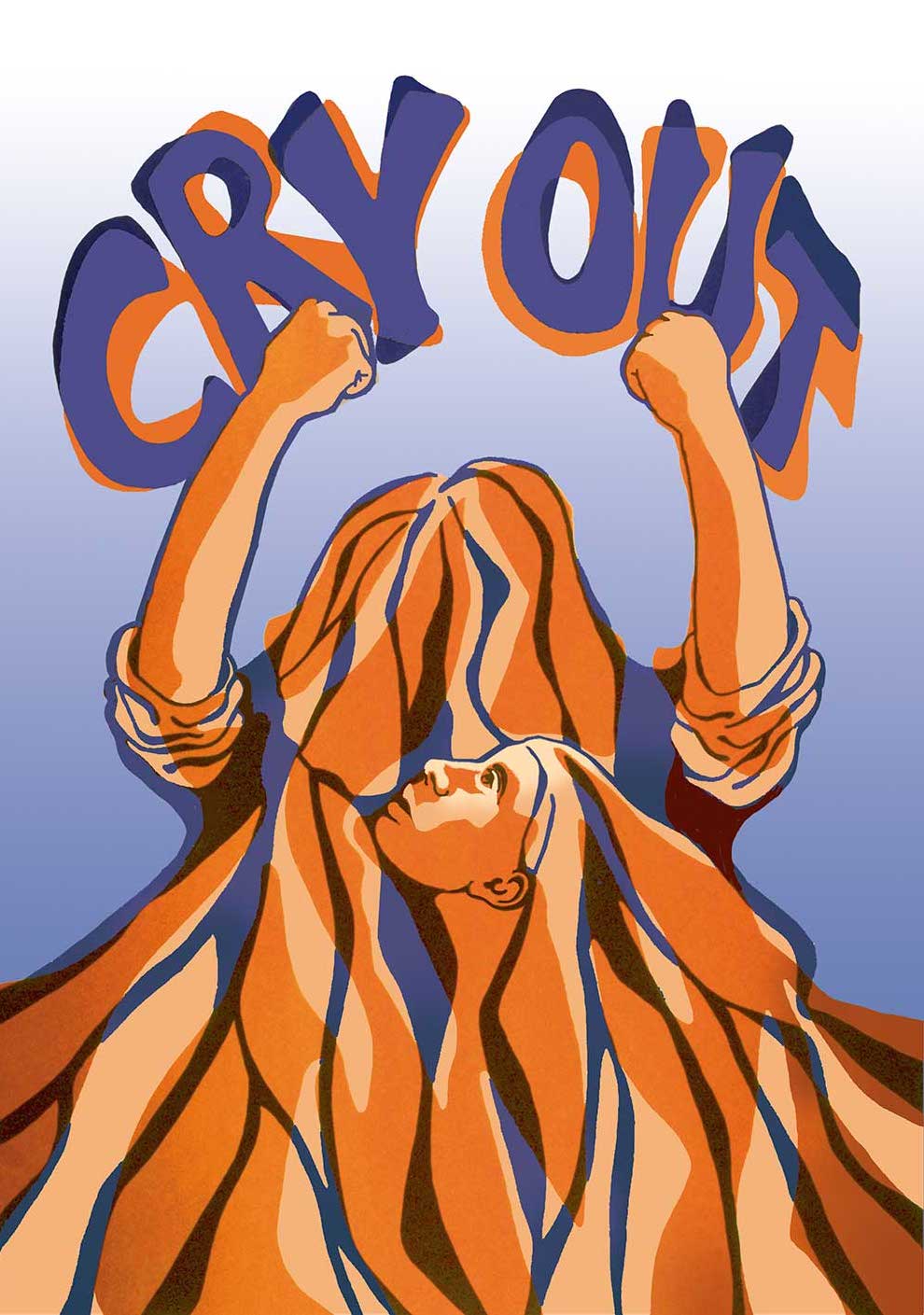

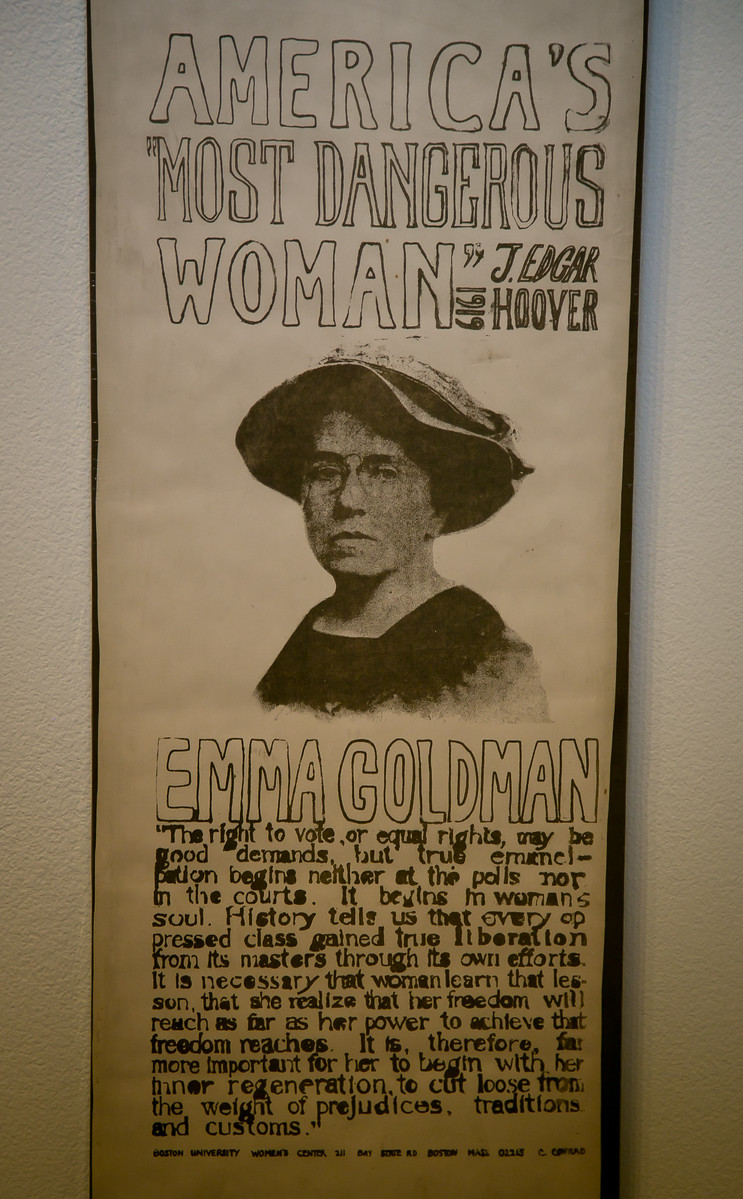

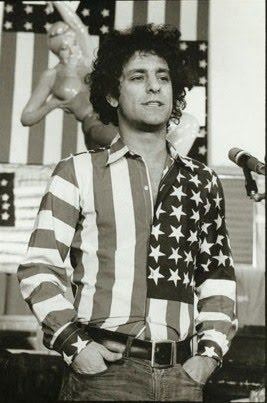
























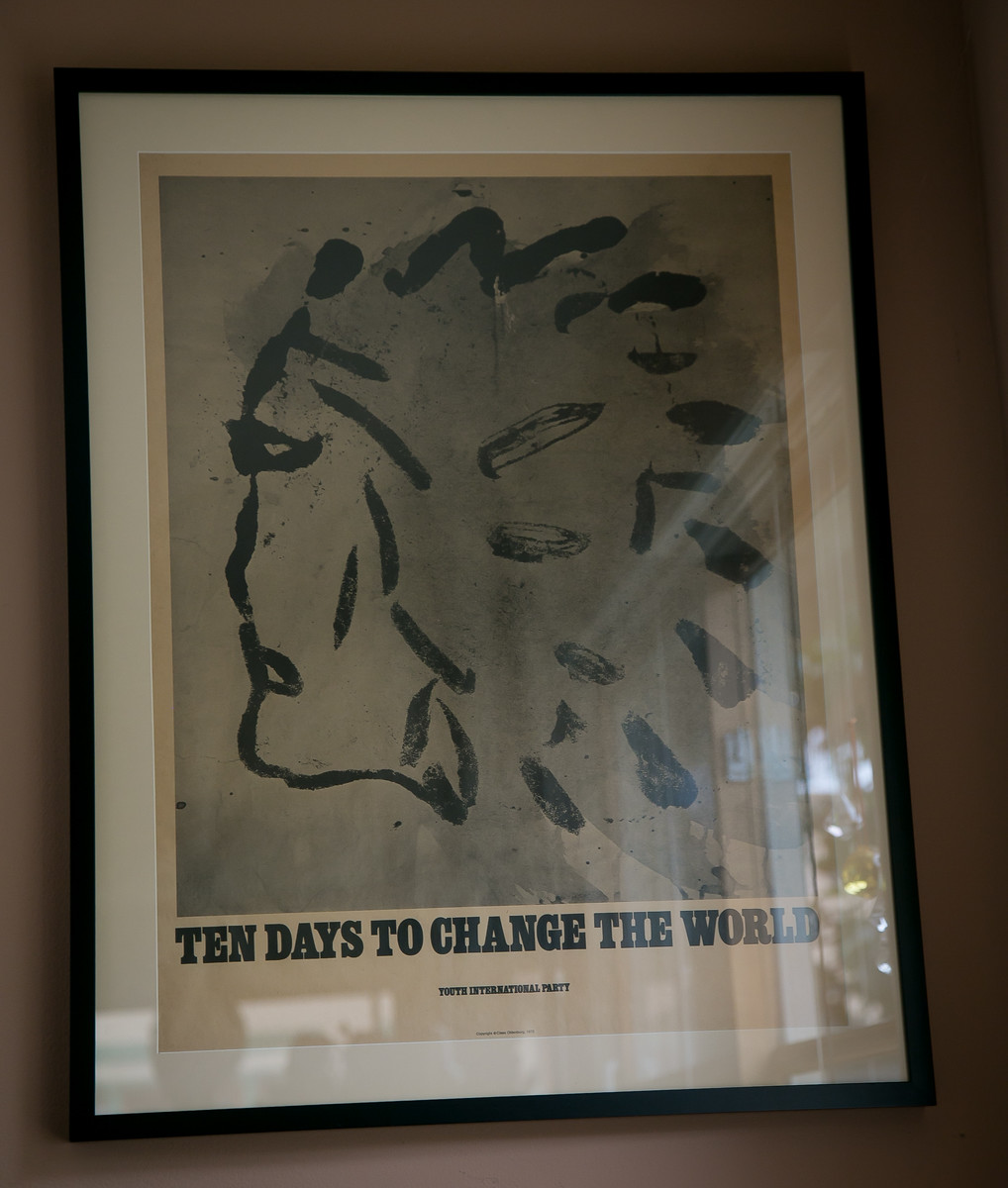







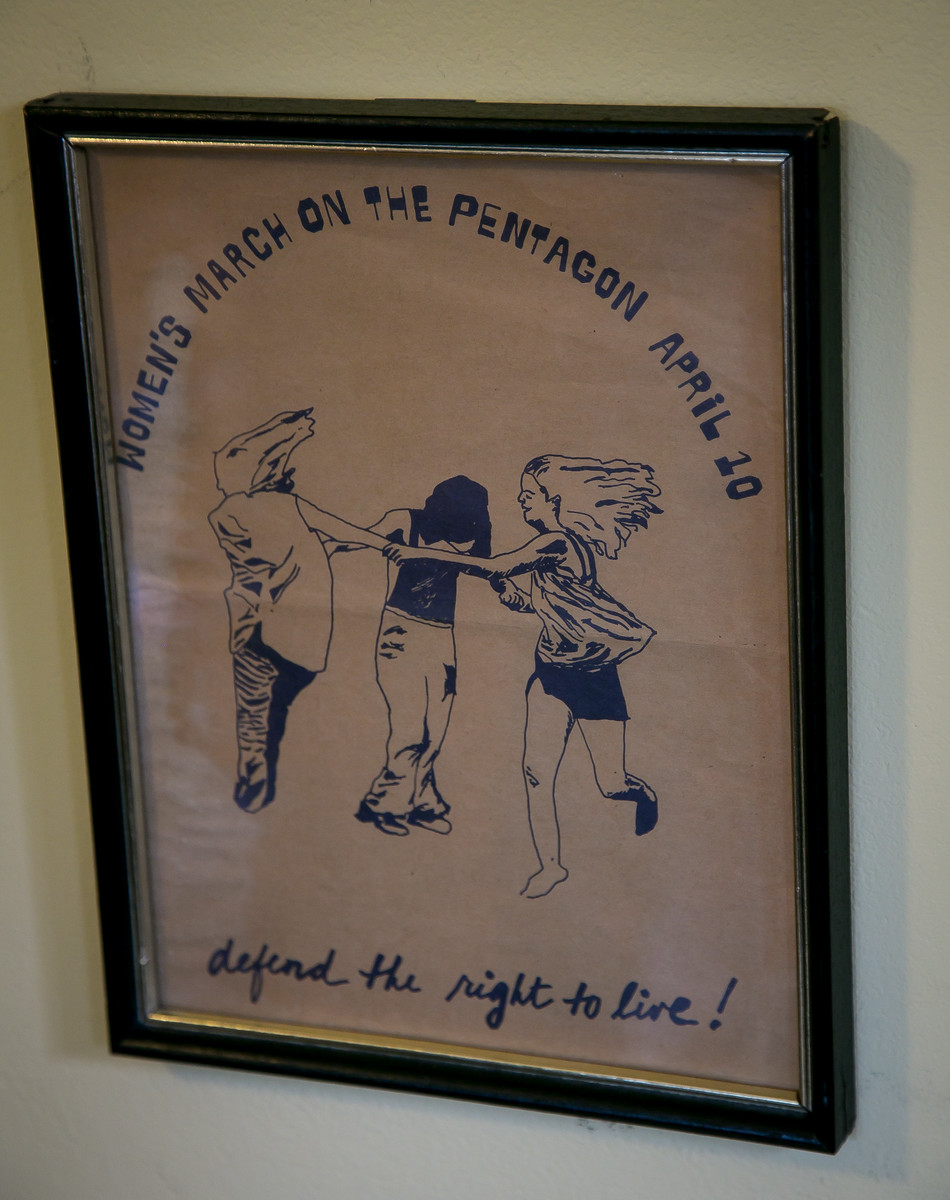










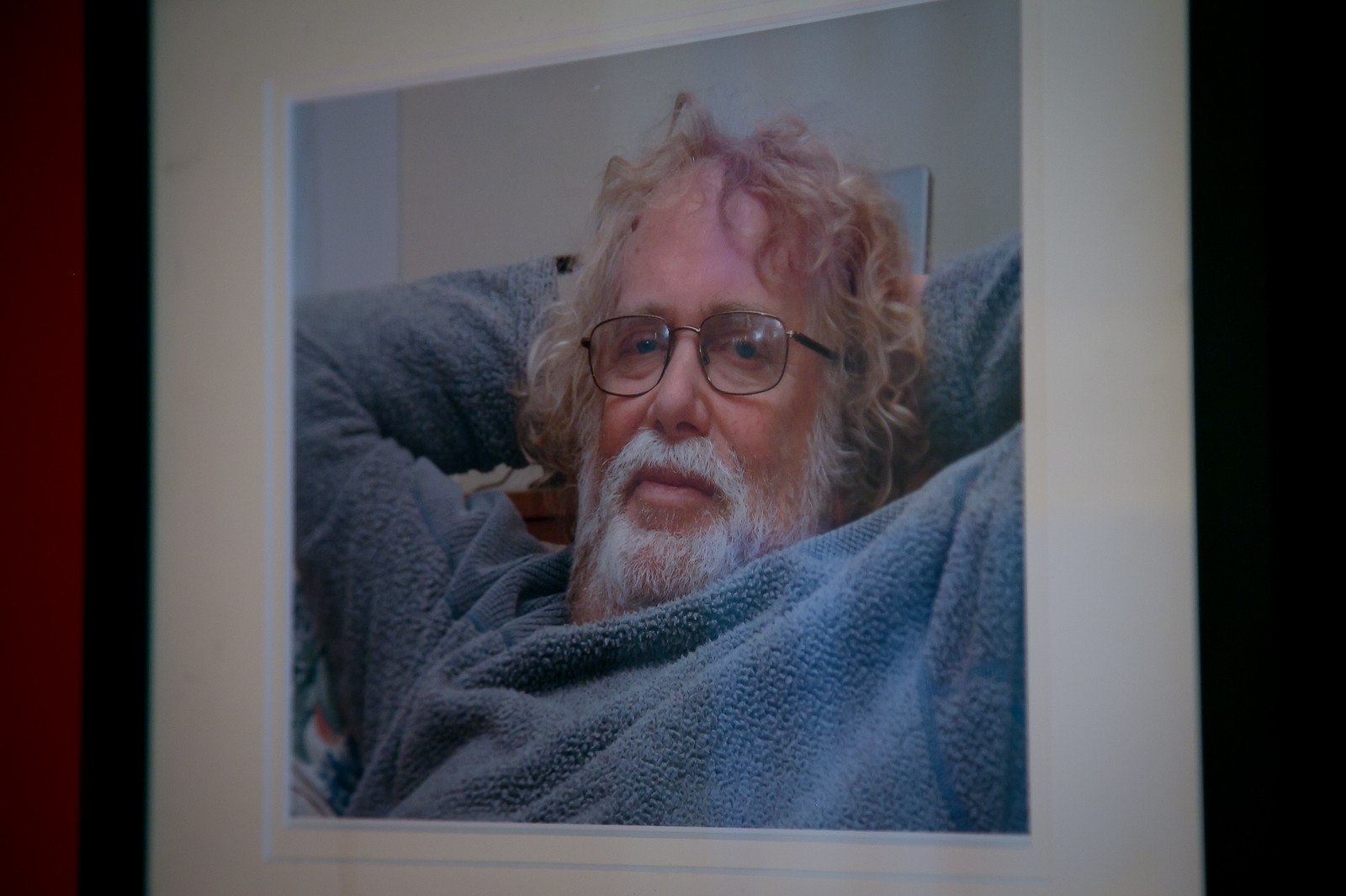






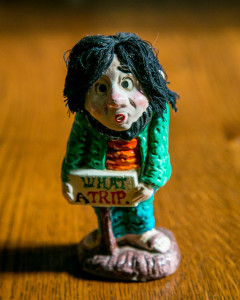
Great piece, Tom!
Judy was a guest on Frank Moore’s Shaman’s Den show ( https://vimeo.com/107831464 ), as was John Sinclair (2 times: https://vimeo.com/74756888 & https://vimeo.com/76172364 ). John even let us copy his amazing music collection!
Paul Krassner, though not mentioned here was part of all of this history and one of Frank’s influences.
Frank had the honor of having a conversation with Paul, that we audio recorded and then years later he guested on the Shaman’s Den when we were doing that: ( http://www.eroplay.com/krassner.html & https://vimeo.com/110267592 )
It is fun seeing it all connect!
Linda & Mikee